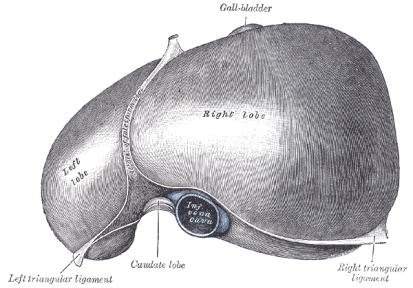
Functional evolution of the pregnane X receptor
“In contrast to the data in mammals described above, the first major study to systematically compare multiple non-mammalian and mammalian PXRs found that the zebrafish PXR was not activated by a variety of bile acids and synthetic bile acid derivatives [10]. However, biliary bile salts vary significantly across vertebrate species and the bile acids found in humans, mice, and most other mammals are not found in zebrafish and some other fish [97–99]. Most mammals and birds, and even the majority of present-day bony fish, convert 27-carbon cholesterol predominantly to C24 bile acids such as cholic acid and chenodeoxycholic acid, conjugated to either glycine or taurine. In contrast, the evolutionarily ‘earliest’ fish (i.e., the fish most distantly related to humans), represented now by jawless fish (lampreys, hagfish), cartilaginous fish (e.g., sharks, skates, rays) and some bony fish (like zebrafish), synthesize C27bile alcohols conjugated with sulfate (see Figure 1) [99,100]. In these ‘early’ fish, C27 bile alcohol sulfates account for nearly all biliary lipids [100]. The zebrafish does not produce any C24 bile acids and instead synthesizes 5α-cyprinol (5α-cholestan-3α,7α,12α,26,27-pentol) sulfate [101,102], a bile alcohol sulfate very similar to the bile salts found in the earliest vertebrates to evolve, the jawless fish [103,104]. The bile salt synthetic pathway leading to C27 bile alcohol sulfates is a simpler pathway than that needed to produce C24 bile acids such as cholic acid (avoiding for example the need to cleave the cholesterol side-chain) and likely represents the first bile salt synthetic pathway to evolve in vertebrates [100,102].”
The nuclear receptor PXR is a lithocholic acid sensor that protects against liver toxicity
“Lithocholic acid (LCA) is a hydrophobic secondary bile acid that is primarily formed in the intestine by the bacterial 7α-dehydroxylation of chenodeoxycholic acid. Administration ofLCA and its conjugates to rodents is known to cause intrahepatic cholestasis (12, 13). Cholestasis, functionally defined as a cessation or impairment of bile flow, can cause nutritional imbalance related to malabsorption of lipids and fat-soluble vitamins and, moreover, irreversible liver damage as a result of the accumulation of toxins normally excreted in bile (14). In humans, elevated levels of LCA are found in patients suffering from chronic cholestatic liver disease (15). The potentially harmful effects of LCA and other bile acids are attenuated by two hepatic detoxification pathways, namely hydroxylation and conjugation. These reactions make the bile acid more hydrophilic and facilitate its excretion in the feces or urine. Notably, 6-hydroxylation of LCA is catalyzed by members of the CYP3A subfamily (16, 17).”